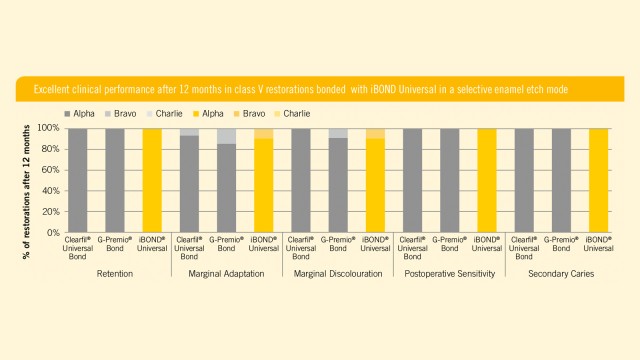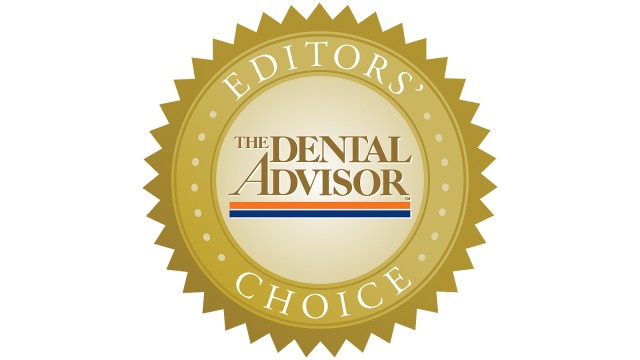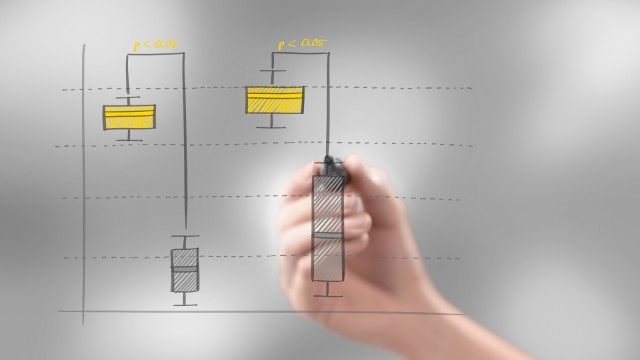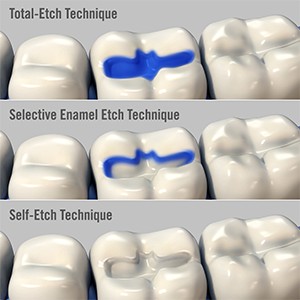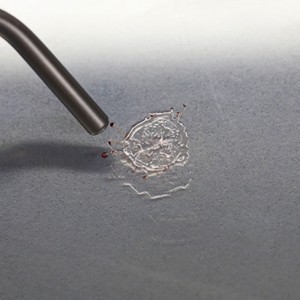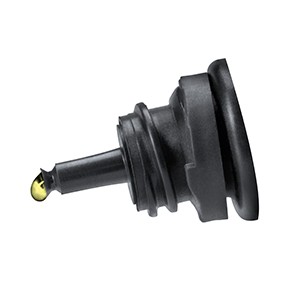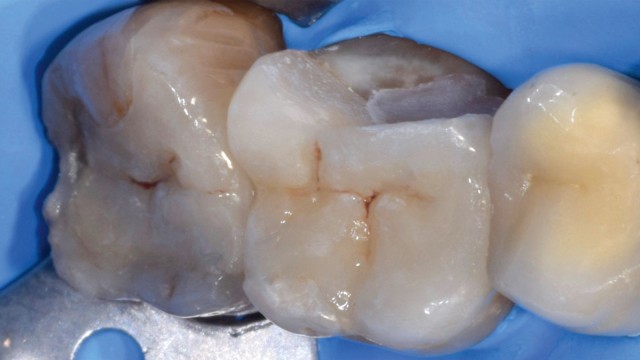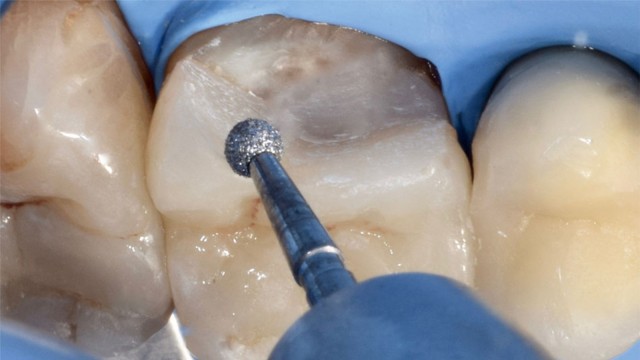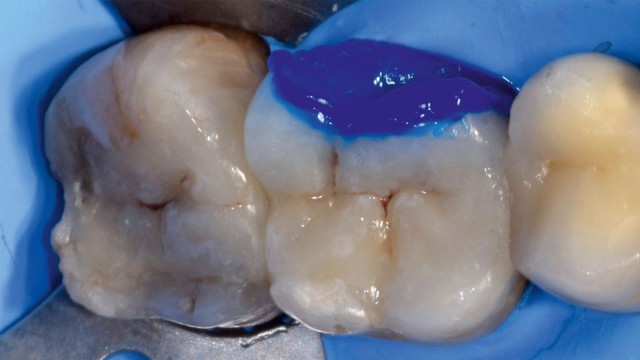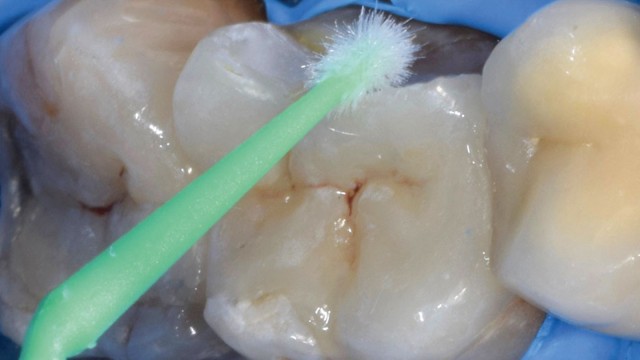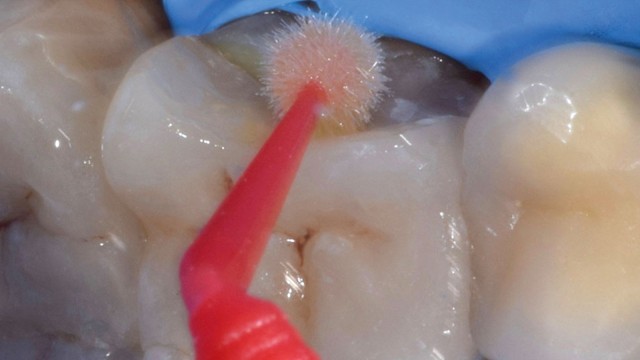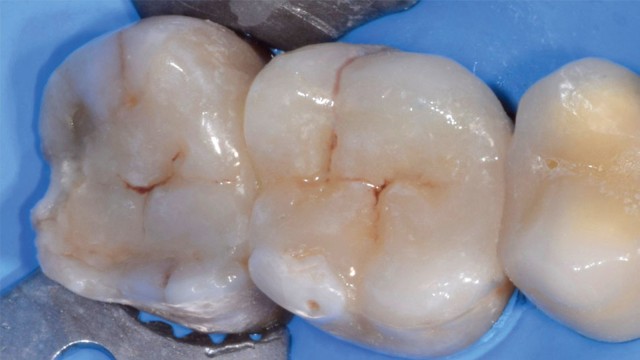iBOND Universal
Overview
iBOND Universal is the universal, light-curing adhesive for any bonding technique and all indications. Being compatible with all dental materials, it is the all-rounder for reliable bond strength.
Benefits
iBOND Universal – many benefits in just one bottle:
- Instant bonding success: Due to the unique moisture control system and optimal formula, iBOND Universal offers excellent dentine penetration and instant, reliable bond strength.
- Unique moisture control: Acetone acts like a water chaser and supports the fast evaporation of water. You benefit from this skillful system with easier air-drying, reduced technique-sensitivity and a homogeneous bonding layer.
- The all-rounder for bonding matters: iBOND Universal enables bonding of composite/compomer, precious metal, non-precious metal, zirconia or silicate ceramic, and is compatible with light-cure, dual-cure and self-cure materials without the need of a dual-cure activator. For bonding and repairing silicate ceramics, you precondition the restoration using iBOND Ceramic Primer.
- Easy and precise application: Self-etch, total-etch or selective etch - the choice is yours. In addition, our exclusive drop control bottle design delivers just the amount of bonding agent you need.
Good to know
Indications
Whatever the material, whatever the patient’s situation, one bottle of adhesive takes you through indications of direct and indirect restorations with amazing adhesion. Safely and easily.
- Bonding of direct restorations for all cavity classes (Black) using light-curing, dual-curing or self-curing methacrylate-based composites/compomers.
- Bonding of light-curing, dual-curing or self-curing core build-up materials.
- Sealing of hypersensitive tooth areas.
- Sealing of cavities prior to amalgam restorations.
- Bonding of fissure sealants.
- Sealing of cavities and core preparations prior to temporary cementation of indirect restorations (according to the immediate dentine sealing technique).
- Cementation of indirect restorations with light-curing, dual-curing or self-curing adhesive resin cements.
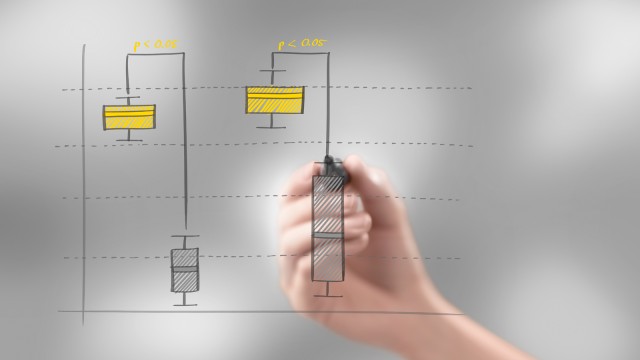
You want to find out more about the features of iBOND Universal?
| Features | iBOND Total Etch | iBOND Universal | ||||||||||||
|---|---|---|---|---|---|---|---|---|---|---|---|---|---|---|
| Etch&Rinse, Selective Etch, Self Etch | Only etch&rinse | X | ||||||||||||
| Direct Restorations | X | X | ||||||||||||
| Indirect Restorations | X | X | ||||||||||||
| Compatible with Self-, Dual - and Light Cure Materials without activator | X | X | ||||||||||||
| Bonding to silica based ceramics without primer | - | -* | ||||||||||||
| Bonding to ZrO2 and metal without primer | - | X | ||||||||||||
| *in combination with a LC resin cement | *with a ceramic primer | |||||||||||||
Applications
Step-by-step intraoral repair of silicate/ glass ceramics iBOND Universal
- Enables tooth-preserving treatments.
- No need to use hazardous hydrofluoric acid intraorally on the glass/silicate ceramic
Step-by-step intraoral repair of zirconia-based restorations
- Zirconia must not be etched using phosphoric acid either!
Intraoral Repair
Discover the effectivness of intraoral repairs!
Repairs help preserve sound tooth structure and prove to be a safe and effective procedure that can save time and money with relatively minor effort. iBOND Universal is ideal for intraoral repairs.
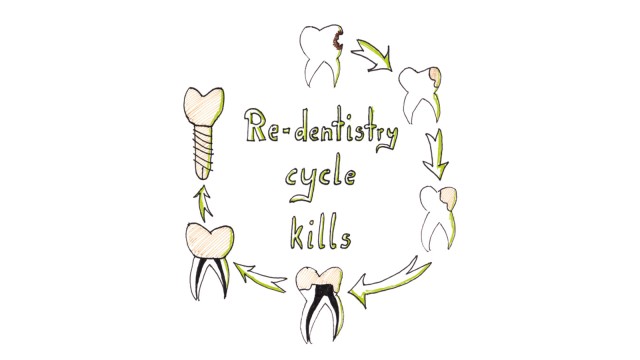
Why are repairs preferable to replacements?
Localised restoration defects, such as fractures and chippings, often still result in the replacement of the total restoration. Yet, recent clinical studies show that repairs are a state-of-the-art treatment of localised restoration defects.
They help preserve sound tooth tissue and prolong the restoration lifecycle, as every replacement destroys more sound tooth structure.
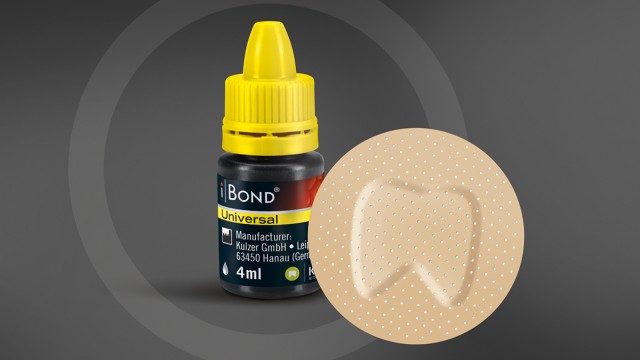
Why is iBOND Universal so ideal for intraoral repairs?
- Preserve sound tooth tissue
- Just one bottle for most materials
- No need to apply hazardous hydrofluoric acid
- Minimally-invasive and cost-effective solution
The intelligent formula of iBOND Universal contains MDP and provides instant and reliable bond strength. Scientists from Europe and Japan have cooperated in order to equip our clients with a bonding that combines the best of two worlds. The different components interact to allow effective etching, good penetration into the dentinal tubules, durable and consistent bond strength as well as optimal bonding to ceramic, metal and tooth surface.


